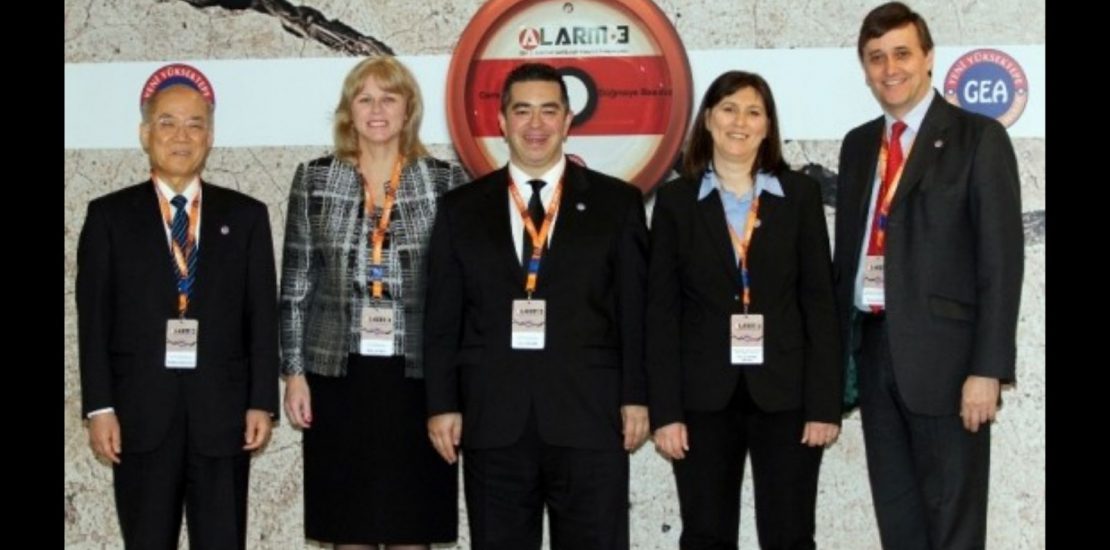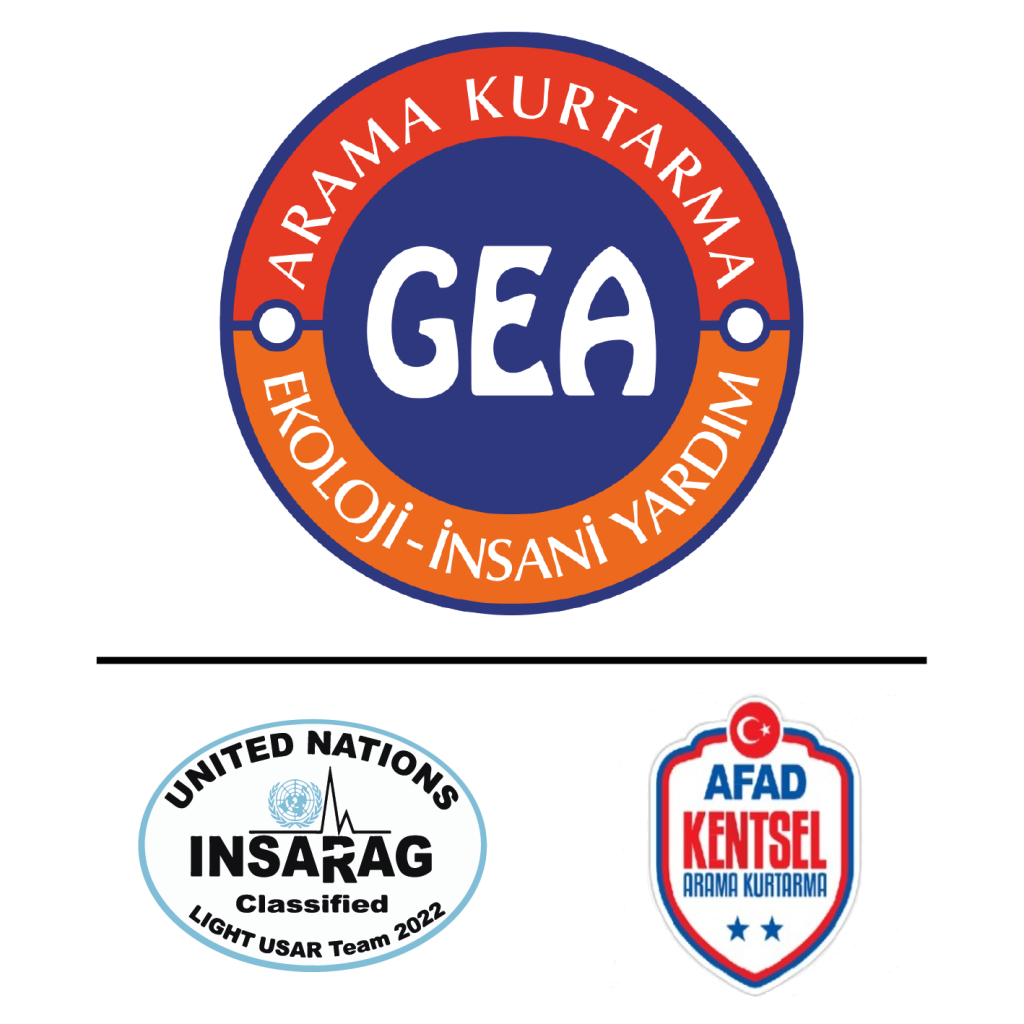- March 23, 2012
- Posted by: Zeynep İzler
- Category: News

MARCH 23, 2012
GEA 3rd INSTITUTIONAL EMERGENCY MANAGEMENT SYMPOSIUM
“Institutions should be a part of the solution, not victims in the face of disasters.”
The 3rd Institutional Emergency Management Symposium (ALARM 3), which is organized in the light of the experiences in Japan and Van earthquakes and aimed to take a modest step to create a society more prepared for disasters, took place on Friday, March 23, 2012 at Istanbul Lutfi Kirdar International Convention and Exhibition Center.
At the 3rd Institutional Emergency Management Symposium, the subjects such as how to be prepared for the emergencies rising from the disasters, especially earthquakes, the risks that the institutions, which are the locomotive of the country’s economy, face, and the minimization of these risks and the management of emergencies shared with 128 administrators from state and 248 administrators from private institutions. As a result of the statistics made during the symposium, the importance of the education at the institutional level was emphasized, based on the information that the participating institutions had approximately 218,358 employees.
The opening speeches of the symposium were made by the Prime Ministry of Disaster and Emergency Management President Dr. Fuat Oktay and the GEA Coordinator Umut Dincsahin.
At the symposium, which was organized with the aim of preparing the society for disasters and raising awareness, experts in the field conveyed their knowledge and experiences to the company managers in order to support the institutions to take an active role in the disaster management.
“The most important step in disaster preparedness: Information sharing”
Speaking at the opening of the symposium, the GEA Coordinator Umut Dincsahin; emphasizing that all institutions should be a part of the disaster management, he said: “We know that if the managers of the institutions pay attention to the issue of preparedness for disasters and carry out studies on this subject, the employees will also be included in these preparation works. This growing chain becomes one of the most important parts of disaster management.”
Dincsahin, who stated that after the rescue works they did in earthquakes in Turkey and in the world, they saw that the pain experienced at the time of disaster was transformed into experience and transferred as information, continued his words as follows: “The most important step in disaster preparedness is information sharing… This is the 3rd symposium we are organizing. We aimed to take a modest step for a society that is better prepared for disasters.”
After Mr. Dincsahin, British Bournemouth University Disaster Management Center Director Richard Gordon, speaking on corporate risk analysis, stated that there is a limit to what the state and state institutions can do in disaster management: “For the companies’ reputation and operational continuity, the need to identify the risks for its employees, property, in the face of natural and man-made disasters is more vital than ever before.”
25 precautionary recommendations from Nakahama
Describing the Great Japan Earthquake in 2011 at the symposium, AICAT General Secretary Yoshikazu Nakahama discussed what issues should be addressed in order to reduce the effects of a disaster that may occur in the near future and the damage it may cause.
Nakahama also shared with the participants the 25 important basic precautionary measures that can be taken by families and companies. The earthquake resistance of the buildings was at the top of Nakahama’s 25-item list. Stating that the majority of the approximately 6 thousand people who died in the Kobe earthquake, which lasted for 10 seconds, died by staying under the buildings, Nakahama noted that necessary measures should be taken and repairs should be made to increase the earthquake resistance of houses and workplaces.
Emphasizing that high or glass-like items should not be placed next to the bed in the bedroom, and measures should be taken to prevent the items from falling over and the contents from flying out, the Japanese expert emphasized the importance of cooperation between the society, the private sector and the local government for the prevention of disasters.
“Risks in the workplace can be controlled”
Evaluating the architectural risks in institutions, Yıldız Technical University Architecture Department Vice President Assist. Assoc. Dr. Zeynep Gul Unal stated that a significant part of the architectural risks in the workplaces are controllable risks, that the identification of the risks that may be exposed in the event of a disaster is the first step for harm reduction studies, and that a risk analysis must be done for every workplace. In her speech, Unal drew attention to the importance of the subject by saying, “The places where you spend most of your working time can be your savior or Azrael in a disaster.”
Sharing his knowledge and experience in developing an evacuation plan for emergencies in institutions, Marg Verbeek, Former President of the USA International Disaster Management Association, discussed how to plan emergency situations and evacuations in the workplace in case of a disaster, and first of all, an evacuation plan that envisages the collective transfer of the workforce to a safe place should be prepared.
















